Special Report
25 Ways the Federal Poverty Rate Doesn’t Tell the Whole Story
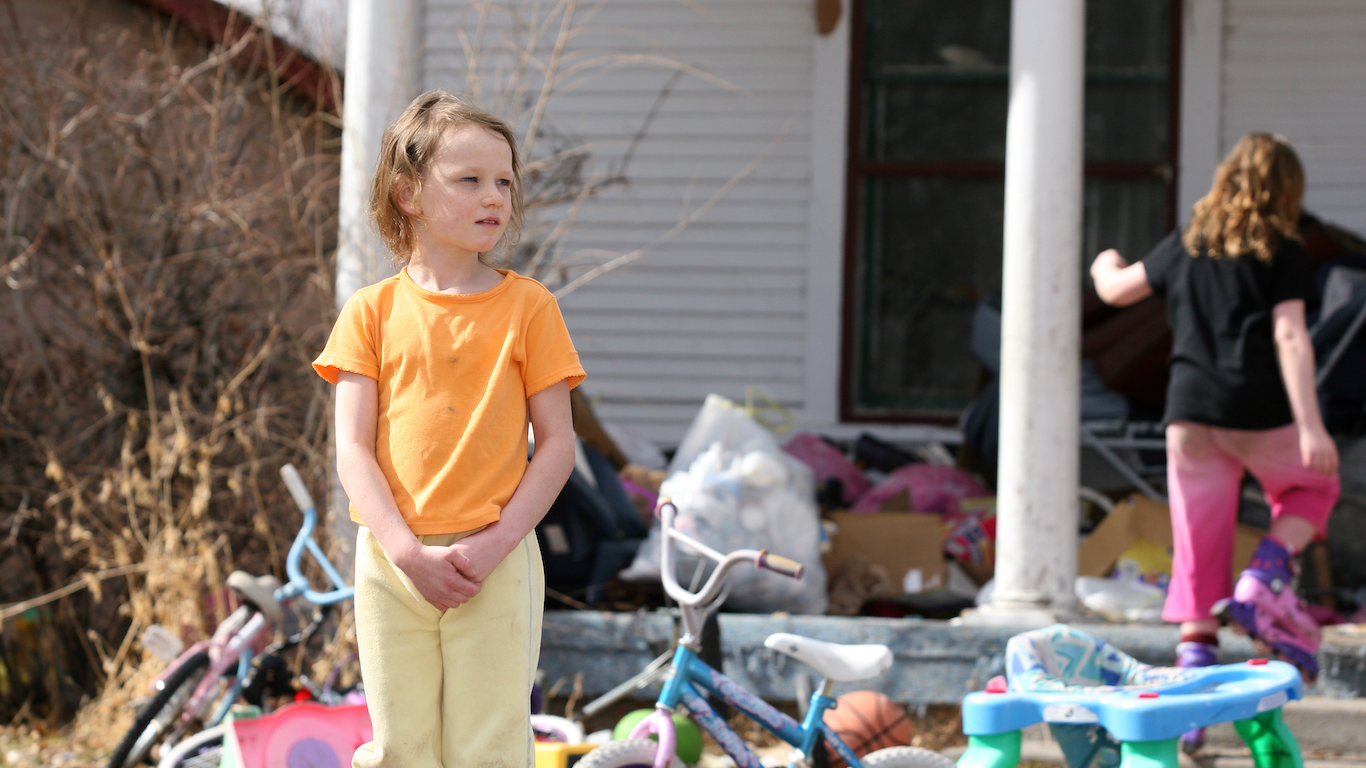
Published:

According to the latest official federal rate, 12.4% of American residents lived in poverty in 2022. However, this measure is close to seven decades old, and is a controversial and arguably a very rough reflection of fiscal insecurity in this country.
The official poverty rate is determined by applying income thresholds to pre-tax income. Those thresholds are based on the calculation of the cost of a minimum food diet as well as the number of people in the household who rely on that income. However, the federal poverty rated is missing some fairly significant factors. It doesn’t consider the regional differences in prices — the cost of the same meal would be much higher in New York City than, say, Topeka, Kansas. It also doesn’t include different kinds of basic sources of wealth and expenses.
It also neglects to account for millions of Americans, such as those residing in prisons, military barracks, and other underrepresented groups. Furthermore, it overlooks the most economically vulnerable demographic in the nation: the homeless population. (These states have the highest numbers of unsheltered homeless individuals.)
The Census Bureau also offers an alternative poverty measure, the supplemental poverty measure, which includes some factors omitted from the official measure but not all. By comparing the official poverty rate with the supplemental poverty rate, here are 15 states where poverty is worse than data suggests.
24/7 Wall St. reviewed U.S. Census Bureau documentation to list 25 groups, expenses, sources of income, and more that the official poverty rate does not measure.
Click here to see the 25 facts of life the federal poverty rate completely ignores

1. Differences in cost of living
The official federal poverty rate does not take into account where people live, which means that families living in Hawaii and Mississippi are assessed the same, despite the large difference in the cost of living in the two states — goods and services are 16% less expensive Mississippi than national average prices and nearly 20% more expensive in Hawaii.
[in-text-ad]

2. Financial support from family members
Because the official poverty rate only looks at pre-tax annual income, it does not take into account whether an individual has a safety net should unexpected costs occur. Individuals who can borrow or rely on gifts from their parents or family members if the need arises do not face the same economic risk as those who cannot.

3. Savings
While the federal poverty rate considers income from investments, dividends, and interest, it does not take into account other forms of wealth, such as funds available through savings. Two individuals with incomes below the poverty threshold would each count as poor, even if one has $100,000 in savings and the other has no savings.

4. Child support payments made
When it comes to child support, it seems the official measure neglects one party. While the measure factors in income received from child support payments, it does not consider the child support payments a parent makes, nor does it account for alimony payments made.
[in-text-ad-2]

5. Income and payroll taxes
The official poverty rate does not account for taxes of any kind, including income taxes and payroll taxes. While some Americans pay a substantial amount of their annual income in income taxes, others live in states that have no personal income tax and pay much less in taxes.

6. Work expenses
Some other necessary expenses that the official poverty rate does not take into account can be grouped under work expenses, including flights, hotels, public transportation costs, materials used by artists and freelancers, and more. These costs can be compensated by employers, but often they are not.
[in-text-ad]
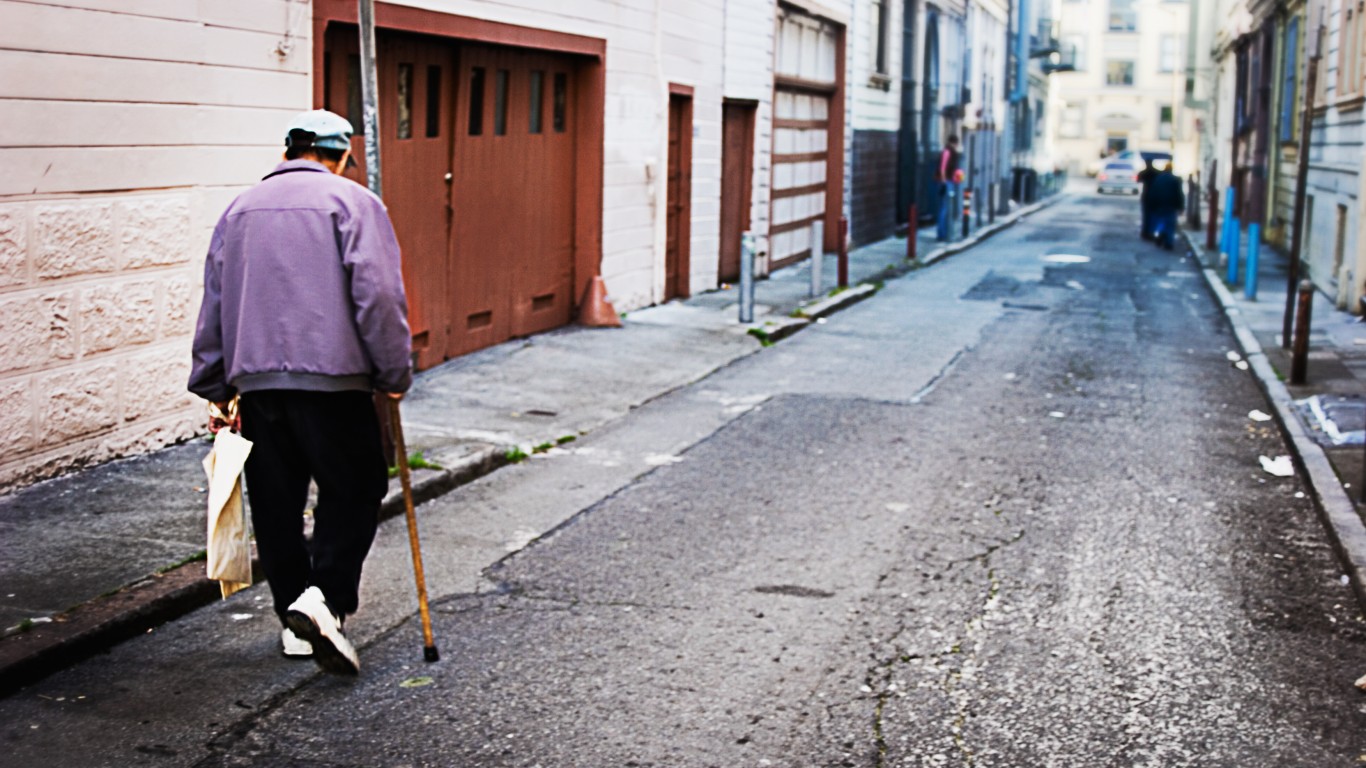
7. The degree of poverty
The poverty rate does not tell us the severity of the conditions of the people living in poverty. A family of four with an annual income of $25,000 and another family of the same size with an income of $10,000 are both considered as being in poverty, but they likely have very different experiences.

8. Differences in clothing costs
The official federal poverty rate is meant to take into account the cost of food but ignores changes to costs of other basic necessities, including clothing, home costs, and utilities.
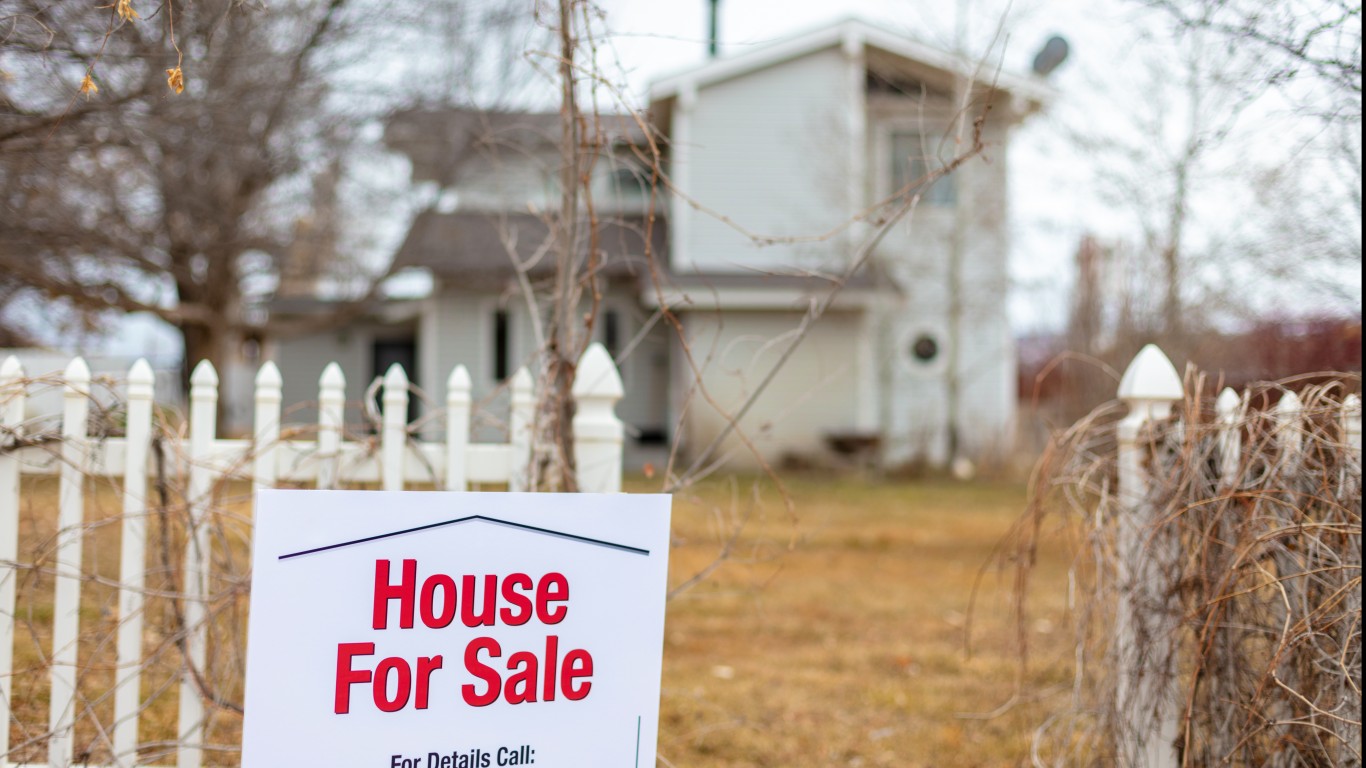
9. Differences in housing costs like mortgage payments and rent
Median monthly housing costs range from $752 in West Virginia to $2,111 in California Shockingly, the differences in these expenses are not taken into account in the poverty rate.
[in-text-ad-2]

10. Differences in utility costs
According to one estimate, the total annual cost of utilities — electricity, natural gas, internet access, cable, and water — ranges from $569 in Alaska to $346 in Utah. These costs, too, are not factored into the official poverty rate.
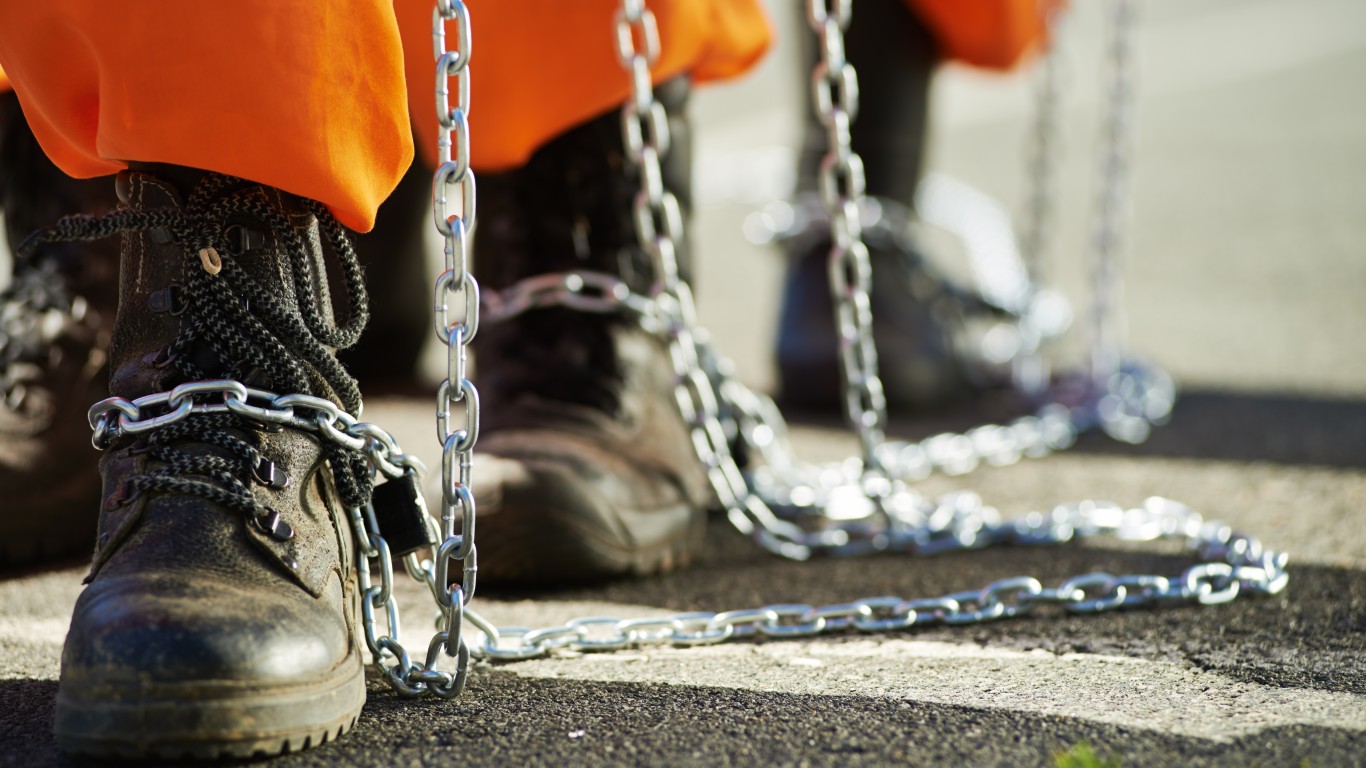
11. Incarceration
There are nearly 2 million Americans currently incarcerated in state or federal prisons, but they are not counted as part of the official poverty estimate.
[in-text-ad]

12. Military servicemen and women
There are over 1.4 million members of the U.S. military in active duty. Anyone residing in military barracks is not accounted for in the official poverty estimate.

13. College dorm residents
There were 16.9 million Americans attending colleges and universities in the spring of 2023, a large share of them living in college dorms, but those are not counted in the official poverty rate.
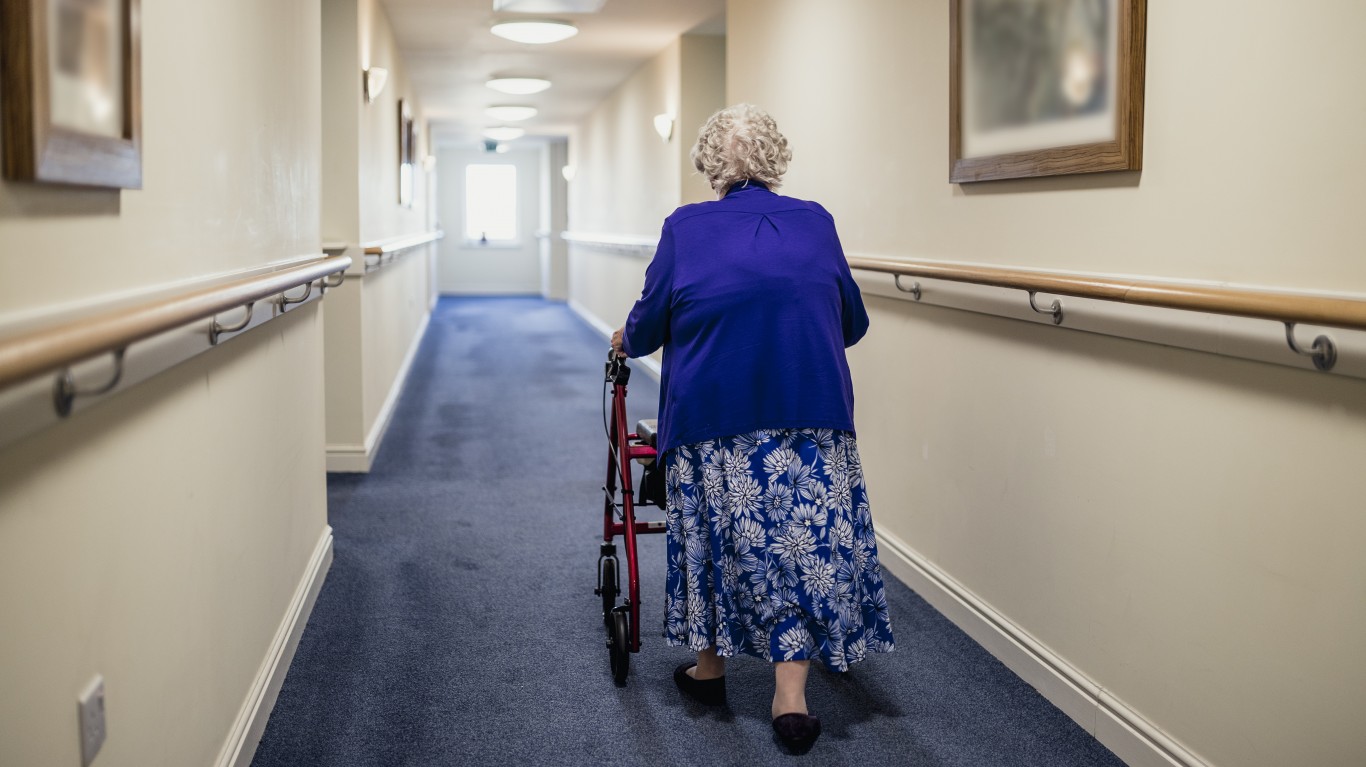
14. Nursing home residents
People living in group living facilities of any kind, including nursing homes, are not counted in the federal poverty measurement.
[in-text-ad-2]
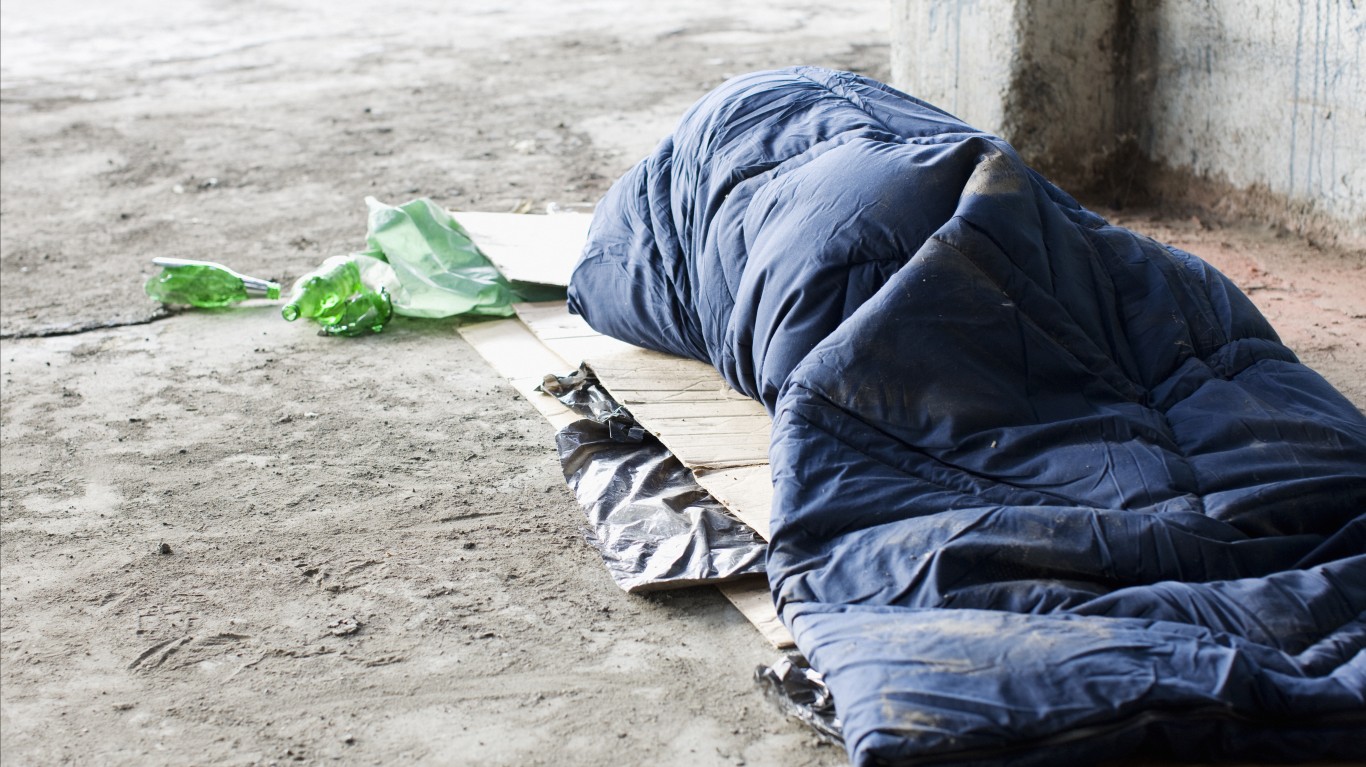
15. Homeless people
The single group facing the most economic distress, the nation’s homeless population, is not counted as part of the poverty rate. According to one estimate, over 580,000 Americans are homeless.

16. Foster children
While they represent a financial burden to a family as much as any other children, foster children are not counted in the official poverty measure.
[in-text-ad]
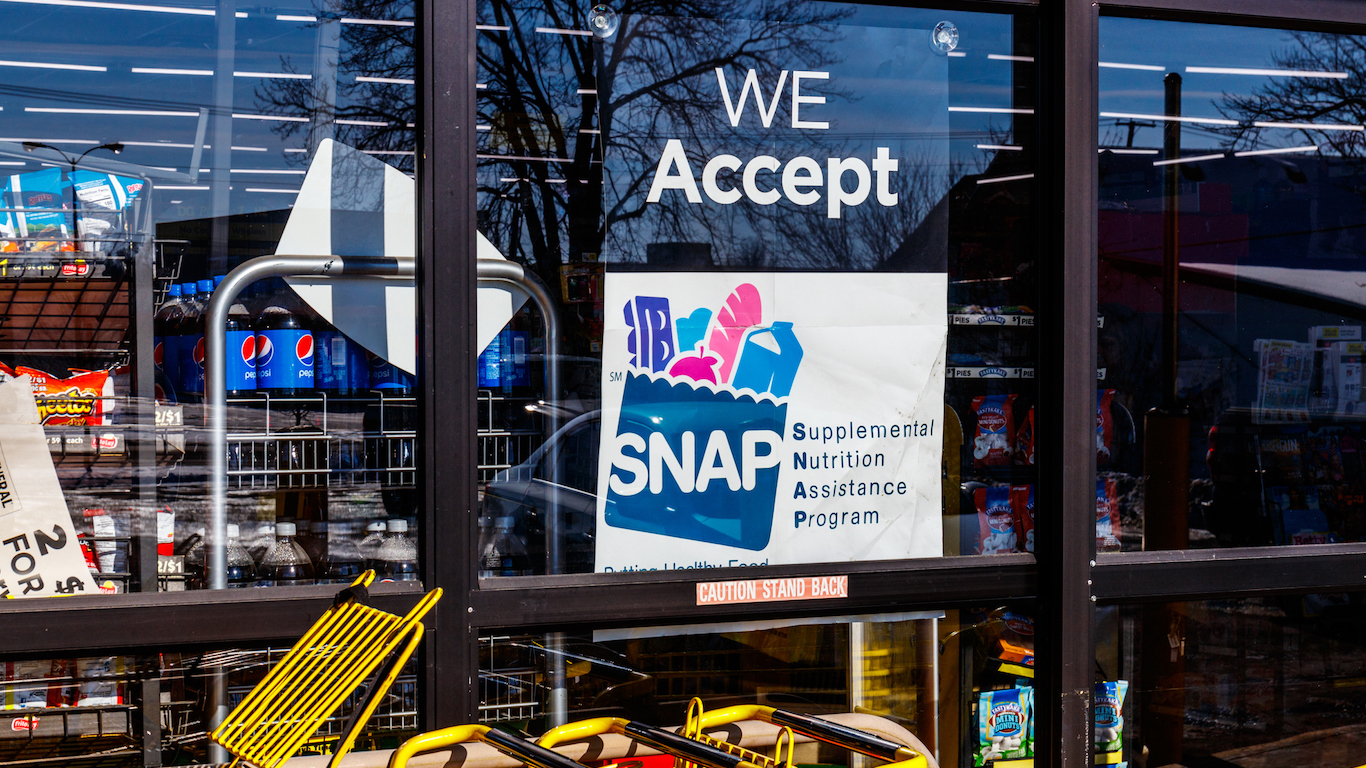
17. Noncash benefits like SNAP, WIC
While the official poverty rate factors in cash-based financial assistance, such as Social Security and unemployment compensation, it does not account for a number of other needs-based assistance programs that are not based on cash, such as SNAP benefits (formerly food stamps).

18. Car ownership
For many, owning a car is a basic requirement for living, and the cost of car payments, upkeep, insurance, and gas are not considered when determining poverty rates. The vast majority of U.S. households have at least one car.

19. Refundable tax credits
Just as tax payments are not considered in the official poverty measure, tax credits such as the Earned Income Tax Credit — received by over 25 million Americans families and individuals every year — are not considered when calculating the poverty rate.
[in-text-ad-2]

20. Out-of-pocket medical expenses
Those millions of Americans who live without health insurance know that an unexpected health emergency can be enough to plunge someone into effective poverty. But out-of-pocket medical expenses are not counted as part of the official federal poverty rate.

21. Accumulated debt
Because the official poverty rate only counts gross income, a major financial concern like debt is not considered. The total U.S. household debt was estimated at over $17 trillion in 2023.
[in-text-ad]
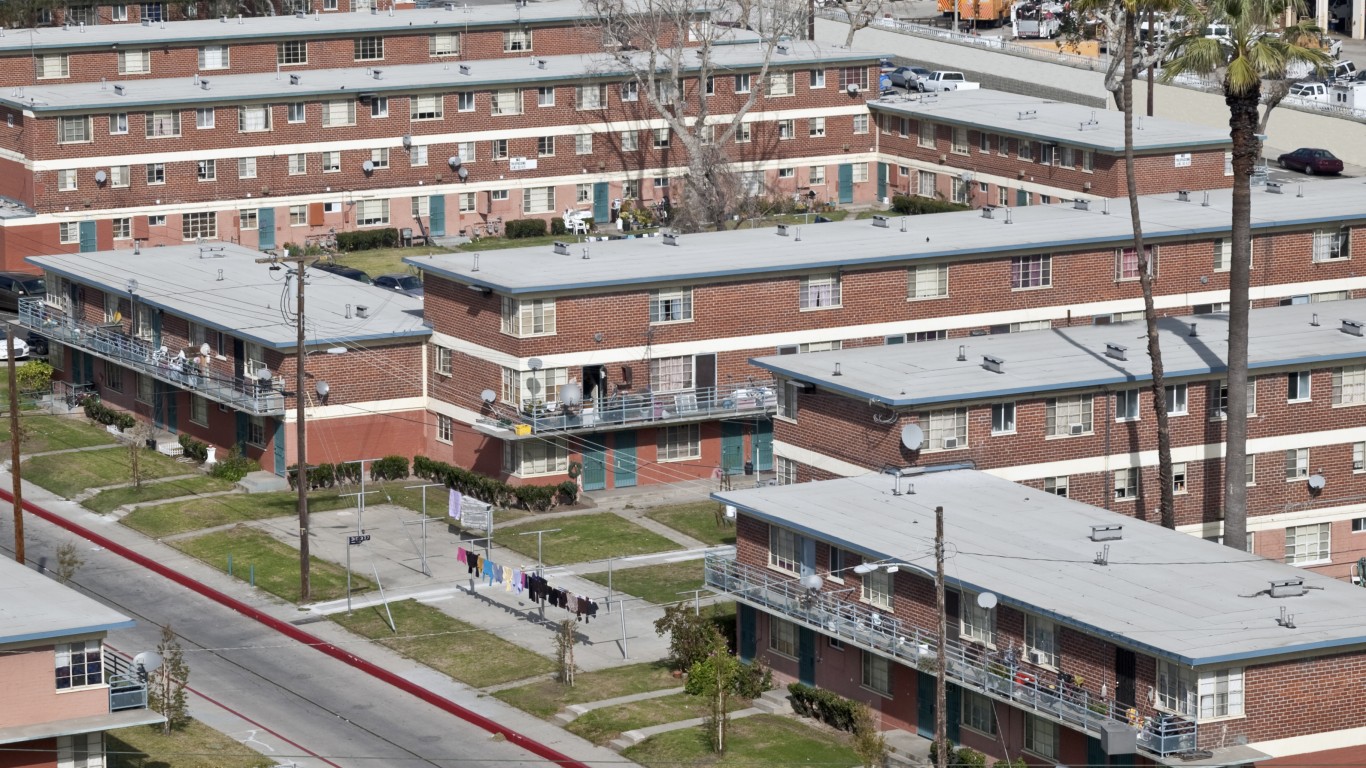
22. Housing subsidies
Millions of low-income Americans every year receive assistance paying for their housing, including over 10 million who benefit from federal rental assistance. Housing subsidies are not included in the official poverty measure.

23. Childcare expenses
For working parents, paying for child daycare can be a significant expense, particularly for low-income single parents who must work multiple jobs to make ends meet. Childcare costs are measured as part of the supplemental poverty rate but are not measured in the official federal poverty rate.

24. National school lunch program
About 30 million low-income children benefit from the national school lunch program every day, which is not factored into the official poverty rate calculation.
[in-text-ad-2]

25. Personal happiness
Whether leisure time goods and services — gyms, museums, movies, vacations — should be included in the official poverty rate is up for debate, but would life be worth living without these expenses?
Want retirement to come a few years earlier than you’d planned? Or are you ready to retire now, but want an extra set of eyes on your finances?
Now you can speak with up to 3 financial experts in your area for FREE. By simply clicking here you can begin to match with financial professionals who can help you build your plan to retire early. And the best part? The first conversation with them is free.
Click here to match with up to 3 financial pros who would be excited to help you make financial decisions.
Thank you for reading! Have some feedback for us?
Contact the 24/7 Wall St. editorial team.